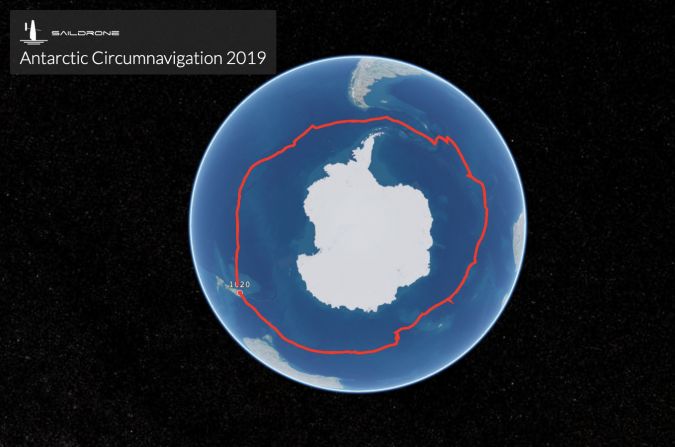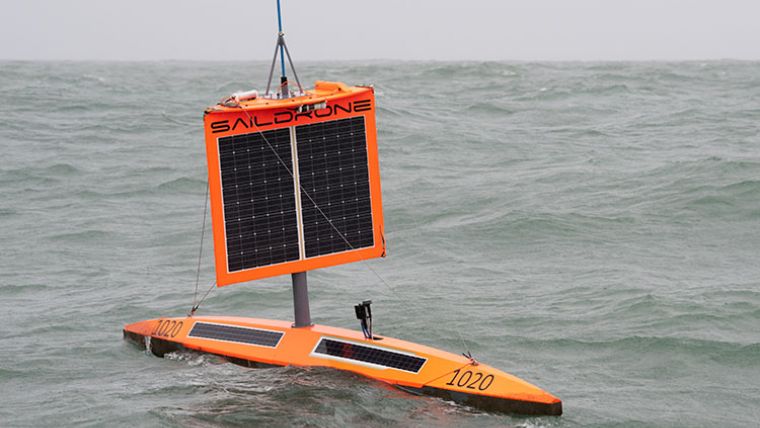Saildrone Completes First Autonomous Circumnavigation of Antarctica
A seven-meter (23-foot) long, wind-powered unmanned surface vehicle (USV), called a saildrone, has become the first unmanned system to circumnavigate Antarctica. The vehicle, known as SD 1020, was equipped with a suite of climate-grade sensors and collected data in previously unchartered waters, enabling new key insights into ocean and climate processes. The SD 1020 survived freezing temperatures, 15-meter waves, 70 knots winds, and collisions with giant icebergs to complete the nearly 1200 nautical miles mission in 196 days.
Collisions with Giant Icebergs
The 196-day mission was launched from Southport in Bluff, New Zealand, on 19 January 2019, returning to the same port on 3 August this year after sailing over 22,000 kilometres (13,670 miles) around Antarctica. During the mission, the vehicle survived freezing temperatures, 15-meter (50-foot) waves, 130 km/h (80 mph) winds, and collisions with giant icebergs.

New data on the rates of carbon
This mission was sponsored by the non-profit Li Ka Shing Foundation and all data made publicly available at no cost in order to accelerate our understanding of critical processes affecting humanity. Science collaborators on this First Saildrone Antarctic Circumnavigation include experts from a number of scientific institutions. Carrying an instrument developed by NOAA to measure carbon fluxes very precisely, the saildrone provided important new data on the rates of carbon uptake in the Southern Ocean.
More information: www.saildrone.nl.














